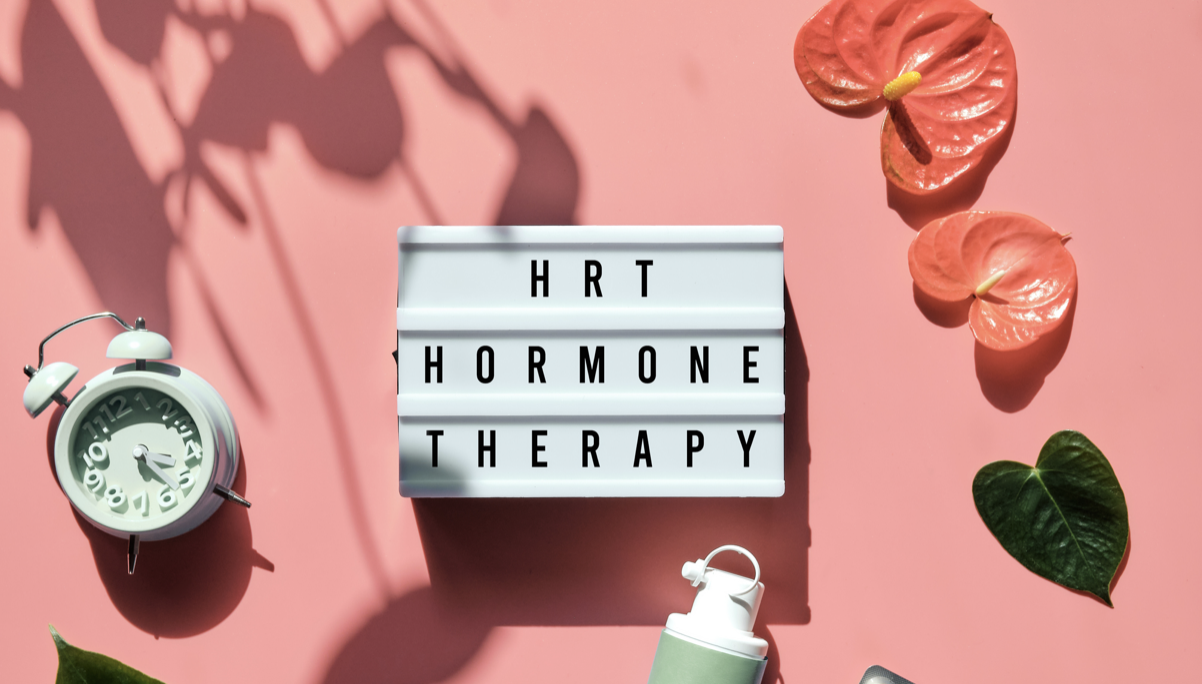Steps to Prepare You for Bioidentical Hormones
The symptoms and changes that occur in perimenopause and menopause are natural, however bioidentical hormones that can help alleviate symptoms such as hot flashes, insomnia, and mood swings. Additionally, many individuals opt for hormones for their benefits to the health of the brain, bones, heart, as well as preventing dryness and atrophy in skin and vaginal tissues.
Bioidentical hormones are demonstrated to be safe when prescribed appropriately by a physician who comprehensively understands your medical history and appropriately monitors your dosage. Despite their low-risk nature, it's essential to recognize that they are not entirely without risks. Therefore, if opting for hormone therapy, seek guidance from a knowledgeable prescriber who conducts in-person physical examinations, uses bioidentical products, and follows the steps outlined below.
5 Steps to prepare you for hormone replacement therapy:
Boost your own hormone production to reduce reliance on prescriptions. You still produce hormones in menopause, just in smaller quantities. Your sex hormones—estrogen, progesterone, and testosterone—are crafted from cholesterol in your cell's mitochondria. So, optimizing cholesterol and ensuring healthy mitochondrial function is crucial. Check your cholesterol levels with a fasting lipid test and consider evaluating your mitochondrial health by checking targeted nutrient levels or oxidative stress markers.
Enhance your hormone signaling for optimal production. Messenger chemicals from your brain, specifically the hypothalamus and pituitary glands, play a crucial role in signaling hormone production. However, this communication system can falter when your sleep, exercise, or stress levels are out of balance, leading to disrupted cortisol. A comprehensive plan for hormone replacement includes stratagies to optimize these important lifestyle habits.
Revitalize your hormone receptors to address low hormone symptoms. Often, the issue isn't just insufficient hormone production or inadequate replacement hormone intake; it's the malfunctioning of receptors. The culprits behind receptor dysfunction is often inflammation. Inflammatory cytokines can clog up hormone receptors, preventing your precious hormones from attaching. This scenario is particularly evident in cases of insulin resistance.
Here's a two-fold approach to tackle inflammation:
Investigate potential sources of inflammation, including dysregulated blood sugar (either too low or too high), obesity, heightened stress, sleep apnea, anemia, allergies, inflammatory foods, gut dysbiosis, and chronic infections.
Adopt an anti-inflammatory diet. Focus on eating lots of veggies and adequate protein— whole foods that are minimally processed. Ensure your intake of EPA and DHA omega-3 fats is sufficient. These fats help reduce inflammation. You can check your omega-3 levels with an Omega Check at Quest or Labcorp to determine your omega-3 levels and supplement accordingly. Remember, the dose on a fish oil bottle might not be the right fit for your individual needs.
Ensure efficient breakdown and elimination of hormones. Your liver and gut play vital roles in managing your hormones. Hormones go through two phases of liver processing and are then expels into your GI tract through bile, where beneficial gut bacteria further break them down before they are excreted. Efficient hormone breakdown is crucial to prevent the backup or reabsorption of estrogen metabolites. Some women may face challenges in hormone metabolism due to genetic factors, fatty liver, or alcohol use. Before starting any hormone regimen, even topical hormones, ensure you're experiencing healthy bowel movements daily. Taking proactive steps in hormone breakdown and elimination contributes to overall well-being.
Reduce your exposure to endocrine disruptors. These are chemicals pervasive in our environment that function as xenoestrogens. Xenoestrogens are “foreign” estrogens, substances that are close enough in molecular structure to estrogen that they can bind to estrogen receptor sites with potentially hazardous outcomes. Sources of xenoestrogens include plastics, pesticides, chemicals, and water systems. To limit exposure, prioritize organic foods, opt for clean beauty and household products, steer clear of hair dye and nail polish, and strictly avoid consuming or drinking from any plastic containers. Heat exacerbates the issue, so be particularly cautious with items like water bottles left in the car.
If you’d like to learn more about avoiding endocrine disruptors, explore the guides provided by the Environmental Working Group for valuable insights and tips. Taking these steps empowers you to minimize exposure and support a healthier endocrine system.
Want some help determining if hormones are right for you? Scheduled an appointment with Relish Health.

